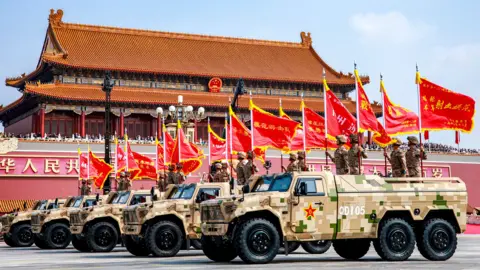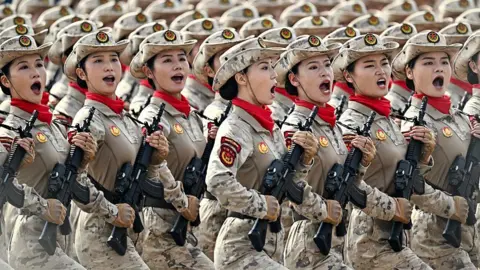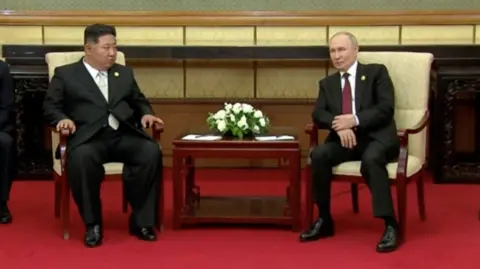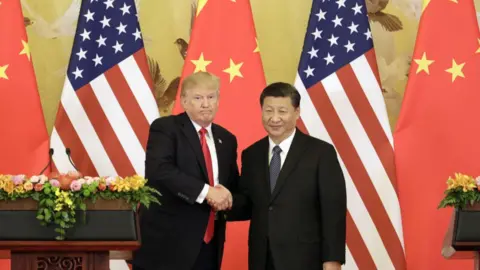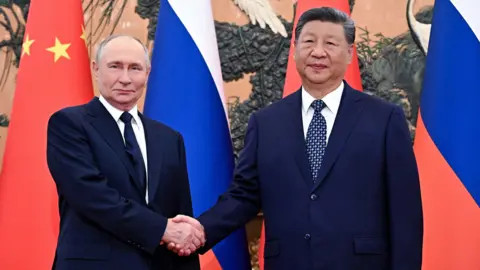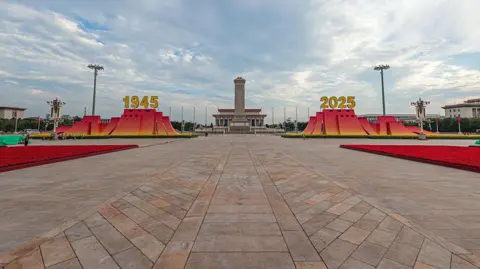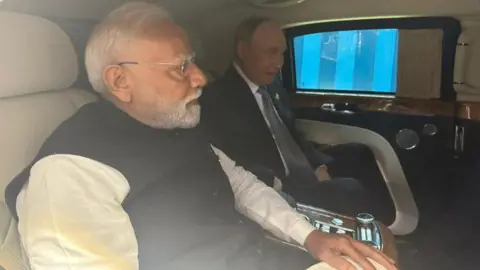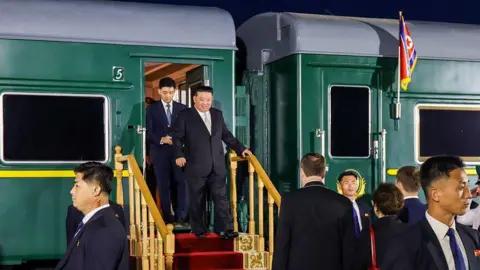President Trump took to Truth Social, expressing satisfaction over the discussions and the trade deal's potential benefits. He noted the agreement indicates a transition to an "OPEN MARKET" for the Philippines, which previously faced a threat of a 20 percent tariff set to commence on August 1, 2025. Mr. Trump's negotiations are consistent with his dealings with other Southeast Asian nations, as similar tariff agreements were established for Indonesia and Vietnam.
Despite the outcome, the Trump administration grappled with its stated ambition of finalizing 90 trade deals within 90 days, having secured only a handful of agreements to date. As a result, competing countries that seek to reduce their tariffs are furiously engaging with U.S. officials, particularly given the looming deadline for the new tariffs.
President Marcos’s visit to Washington was centered around bolstering economic relations with the United States. Before his arrival, he emphasized the importance of fostering strong trade and investment ties, reflecting a strategic shift away from his predecessor's focus on China. The White House affirmed the significance of the longstanding alliance, celebrating 80 years of military cooperation stemming from their efforts in World War II.
As both countries look to reinforce their partnership, President Marcos has engaged with U.S. defense officials and business leaders to elevate American investment within the Philippines. Additionally, the U.S. commitment to regional stability through military cooperation remains paramount, particularly concerning the South China Sea.
In conclusion, this trade agreement is a pivotal element of U.S.-Philippine relations, marking a commitment to enhance economic interactions while navigating complexities posed by regional dynamics and competing global interests.
Despite the outcome, the Trump administration grappled with its stated ambition of finalizing 90 trade deals within 90 days, having secured only a handful of agreements to date. As a result, competing countries that seek to reduce their tariffs are furiously engaging with U.S. officials, particularly given the looming deadline for the new tariffs.
President Marcos’s visit to Washington was centered around bolstering economic relations with the United States. Before his arrival, he emphasized the importance of fostering strong trade and investment ties, reflecting a strategic shift away from his predecessor's focus on China. The White House affirmed the significance of the longstanding alliance, celebrating 80 years of military cooperation stemming from their efforts in World War II.
As both countries look to reinforce their partnership, President Marcos has engaged with U.S. defense officials and business leaders to elevate American investment within the Philippines. Additionally, the U.S. commitment to regional stability through military cooperation remains paramount, particularly concerning the South China Sea.
In conclusion, this trade agreement is a pivotal element of U.S.-Philippine relations, marking a commitment to enhance economic interactions while navigating complexities posed by regional dynamics and competing global interests.









